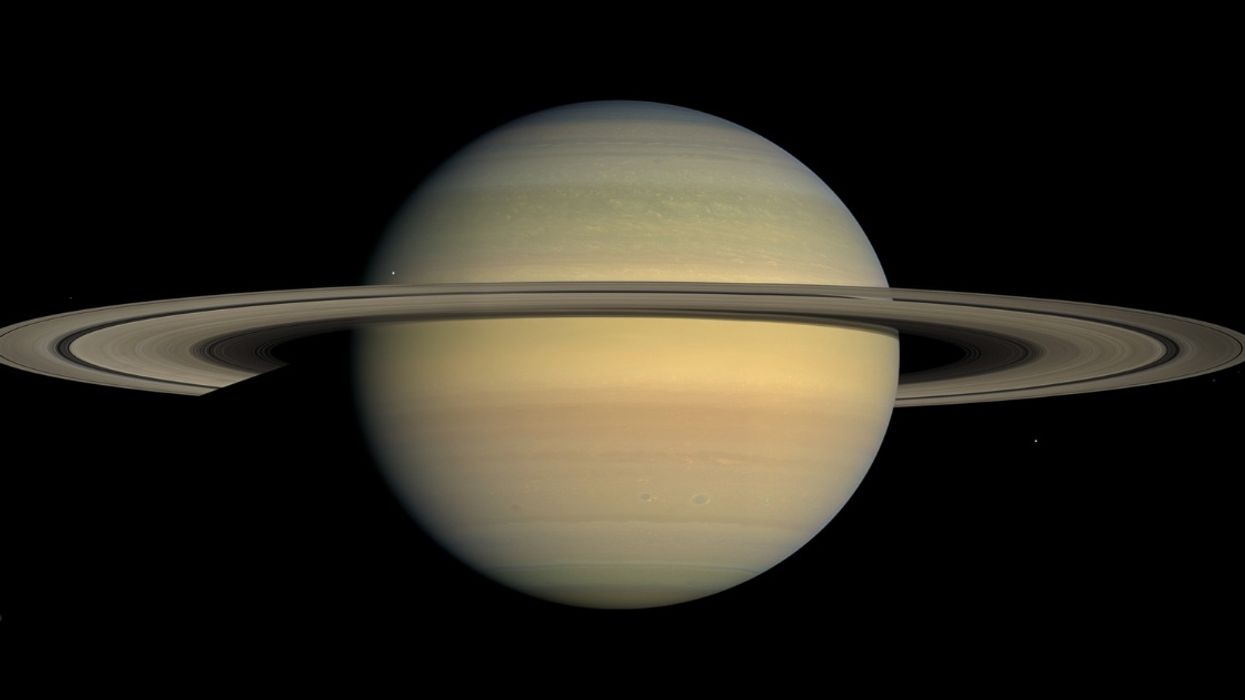One of those things that likely doesn't cross the average person's mind on a given day is the age of objects in our universe.
Sure, you learn in school the universe is over 13 billion years old, and maybe you know the Earth is 4.5 billion years.
But what about other things in the universe?
What if one of the features of our solar system was significantly younger than the rest of the planetary bodies?
It would seem to be the case with the rings of Saturn, which are estimated to be only 100 million years old.
In 2017, the Cassini spacecraft made several passes around the rings of Saturn as the last job on its mission. Falling into Saturn's gravity well, Cassini was able to measure the planet's gravity precisely.
It was an impressive feat of SCIENCE!
It took time to verify the data and ensure the measurements worked with their formulas, but with such precise detection of the gravity pulling on the rings, researchers were able to determine the mass of the rings and in turn, their age.
Since their discovery, explanations of the planet's rings have ranged from a moon that got to close to the plant, to nebular material from when the planet was first formed. With this new data, researchers can place their age range from between 10-100 million years old, discounting some theories.
This puts their formation at around the same time dinosaurs roamed the earth.
The Cassini mission also found the rings are disintegrating. Material from the rings has been continuously falling toward the planet, with estimations that they may only last another 100 million years.
These sound like large numbers, but within the scale of the universe, these ages are peanuts. If you compare the age of Saturn to the age of a 30 year old human, the planet got its rings less than a year ago.
Cassini ran out of fuel in 2017 and was placed on a trajectory to fall to the planet's surface to protect the moons. As the remaining data is studied, more papers should be published in the coming months.








 @GovPressOffice/X
@GovPressOffice/X





 @GabeGwoolley/X
@GabeGwoolley/X
 @mikejstarks/Bluesky
@mikejstarks/Bluesky @kidringo/Bluesky
@kidringo/Bluesky @westieworld/Bluesky
@westieworld/Bluesky
 @mztee8107/YouTube
@mztee8107/YouTube @KarenPost-n7/YouTube
@KarenPost-n7/YouTube @h17636/YouTube
@h17636/YouTube